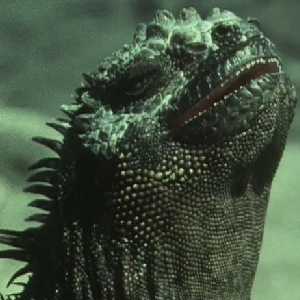
1:20 Marine Iguana |
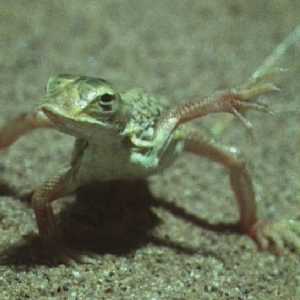
2:15 Namib Desert Lacertid ? |

3:10 Thorny Devil |
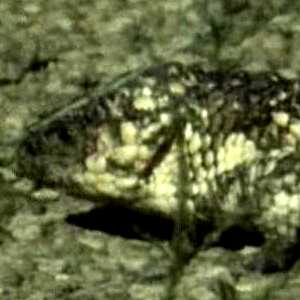
3:10 Shingleback |
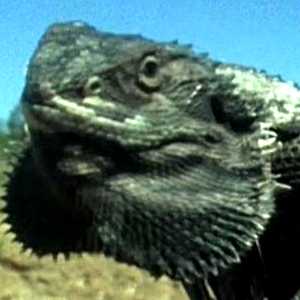
4:25 Bearded Dragon |
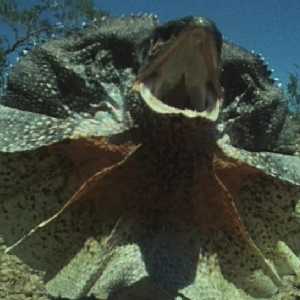
4:45 Frilled Lizard |
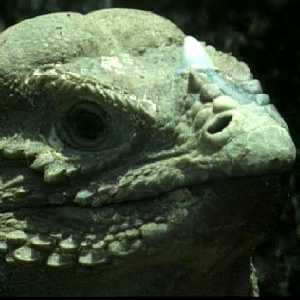
5:31 Horned Iguana |
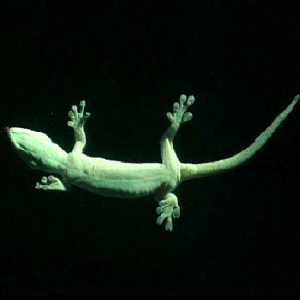
5:45 Gecko |
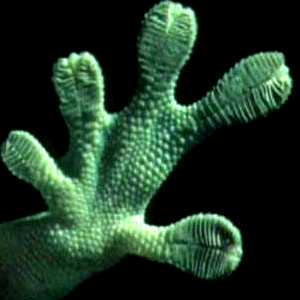
6:00 Gecko toes |
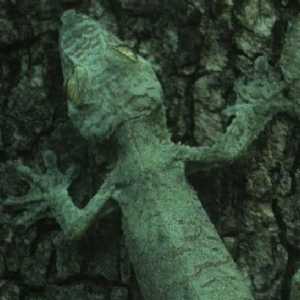
6:25 Madagascan Gecko |
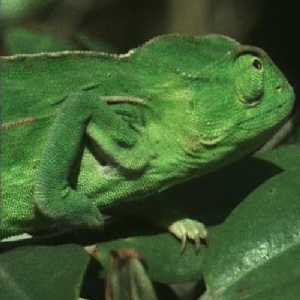
6:35 Chameleon |
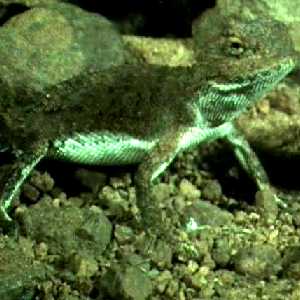
6:45 Earless Dragon |
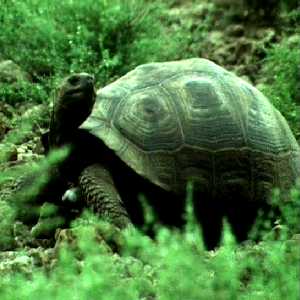
7:15 Galapagos Tortoise |

13:10 Marine Iguana diving |
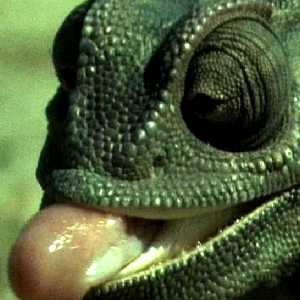
15:45 Chameleon tongue |
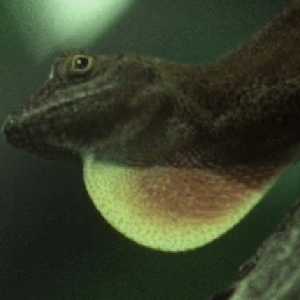
16:40 Anolis Lizard |

17:05 Green Iguana male |
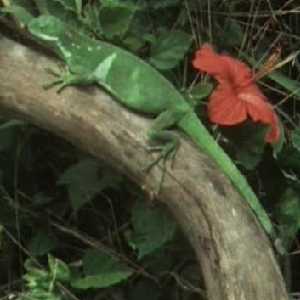
17:05 Green Iguana female |
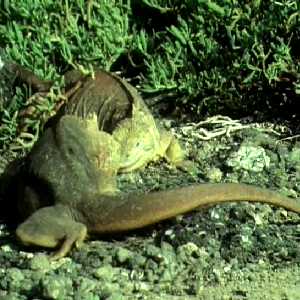
18:00 Galapagos Land Iguana |

19:00 Galapagos Tortoises mate |

21:20 Skink baby emerging |
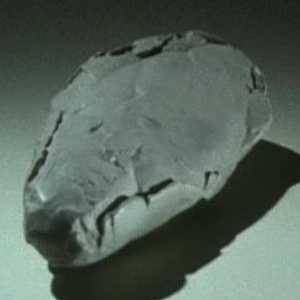
21:30 Dinosaur fossil egg |
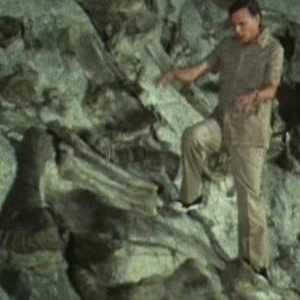
23:20 Dinosaur fossils |

28:50 Triceratops fossil |
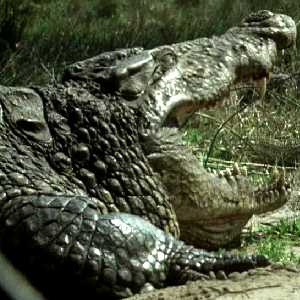
34:10 Nile Crocodile |
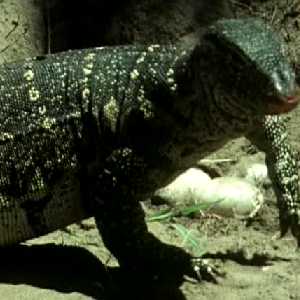
39:25 Monitor Lizard |
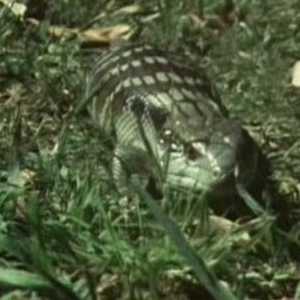
43:35 Blue-tongued Skink |
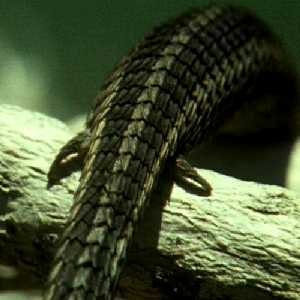
43:40 South African Skink ? |
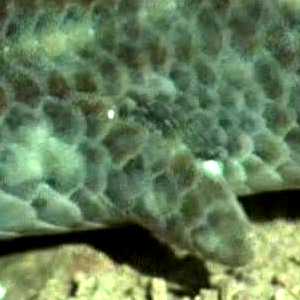
43:55 Common Scaly Foot |

44:10 Amphisbaenid |
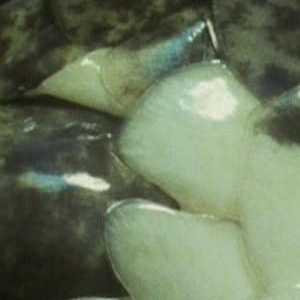
44:30 Pythos and Boas |
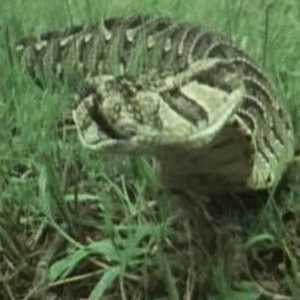
45:15 Puff Adder |
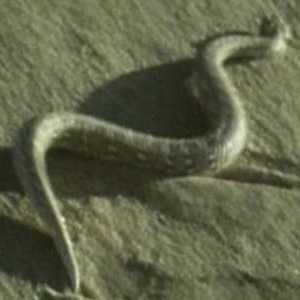
45:30 Sidewinder |

46:55 Mud Snake |
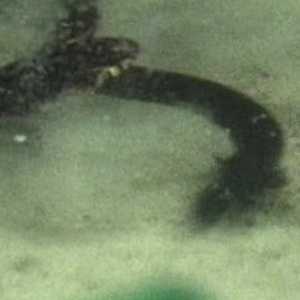
46:55 Siren |
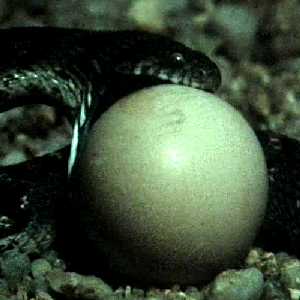
47:05 Egg-eating Snake |
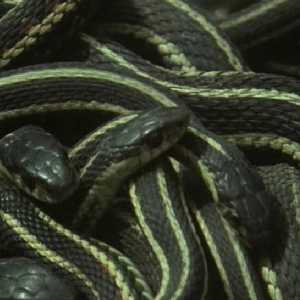
48:00 Prairie Garter Snakes |
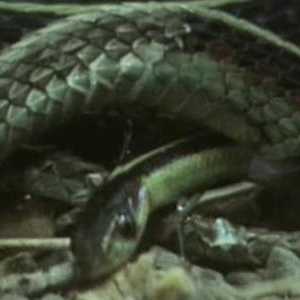
49:40 Prairie Garter Snake giving birth |
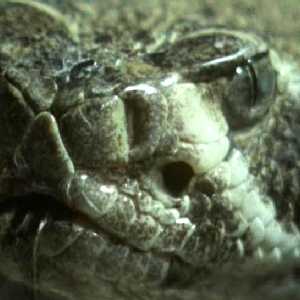
51:10 Western Diamondback Rattlesnake |

52:10 Blacktail Rattlesnake |
|
|
 Index
Index 
 Index
Index 
 Peter Chen 2.0
Peter Chen 2.0